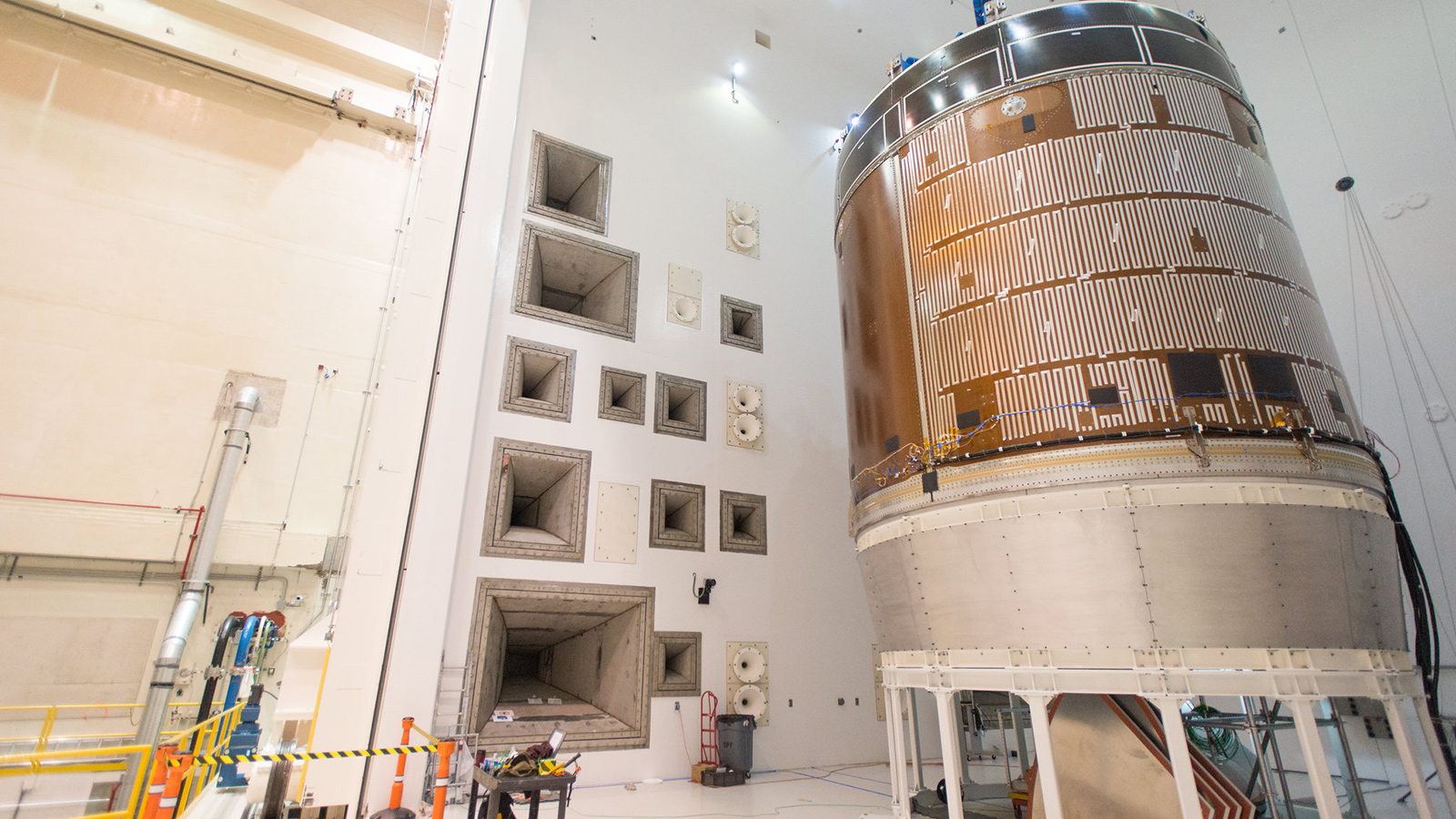Stay Up to Date
Submit your email address to receive the latest industry and Aerospace America news.
The Structural Dynamics Technical Committee focuses on the interactions among a host of forces on aircraft, rocket and spacecraft structures.
The year saw major developments in the structural dynamics discipline across industry, national labs and academia.
In the field of airplane design, AlbatrossOne, a remote-controlled aircraft made by Airbus in collaboration with United Kingdom universities including Bristol, flew for the first time in February. AlabtrossOne is a scale demonstrator with unique in-flight, flapping wingtips that could revolutionize wing design. The engineers developed what they call a “semiaeroelastic hinge” concept to reduce drag and overall wing weight, while combating the effects of turbulence and wind gusts. The team plans to conduct further testing including allowing the wingtips to be unlocked during flight, before the demonstrator, based on the manufacturer’s A321 plane, is scaled up further.
Turning to launch vehicles, in April the NASA Engineering Safety Center examined the applicability of QSMA, short for Quasi-Static Modal Analysis, for modeling nonlinear structural dynamic behavior. As an alternative to direct integration of the nonlinear equations of motion, QSMA determines the dependence of frequency and damping on response amplitude using loading behavior from nonlinear static analyses. QSMA was exercised on a nonlinear model of test hardware developed for NASA’s Orion Multi-Purpose Crew Vehicle program. Excellent agreement was observed between the reduced and full-order nonlinear models, encouraging future employment of QSMA to support accurate and efficient model reduction of structures with bolted joint nonlinearities.
In August, the University of Texas at Dallas, in collaboration with the University of Virginia, National Renewable Energy Laboratory, University of Colorado at Boulder, Colorado School of Mines and University of Illinois at Urbana-Champaign, completed installation of a one-fifth-scale demonstration rotor for a new offshore wind turbine concept at NREL’s National Wind Technology Center. The full-scale design is a two-bladed, coned, downwind rotor concept with 105-meter blades and rated power of 13.2 megawatts. A key feature of the UT-Dallas structural design is that the subscale 21-m blades are designed having scaled stiffness, structural dynamics and loads (including gravitational, centrifugal and thrust) properties of the full-scale design matched at subscale. This broad set of scaling requirements, which is in addition to strict structural safety design requirements, made this demonstrator design novel and challenging. The team is focused on initial field testing to validate the structural, aerodynamic and aeroelastic performance characteristics of the new concept rotor along with new control strategies for loads reduction.
In the area of unmanned aerial systems, researchers from the University of Kentucky who are in the VibroAcoustics Consortium made measurements close to the surface of a hovering UAS and developed a process for predicting sound pressure levels at any distance from the UAS. In addition, U.K. researchers performed pass-by noise tests on UAS that may eventually serve as a basis for standardized measurements. Results were demonstrated to be repeatable to within 1 decibel. UAS noise has been identified as resulting primarily from the blade pass frequency and harmonics. Mitigation approaches for noise reduction of the primary source may take several forms including blade design, operational optimization and structural design.
Related Posts
Stay Up to Date
Submit your email address to receive the latest industry and Aerospace America news.




